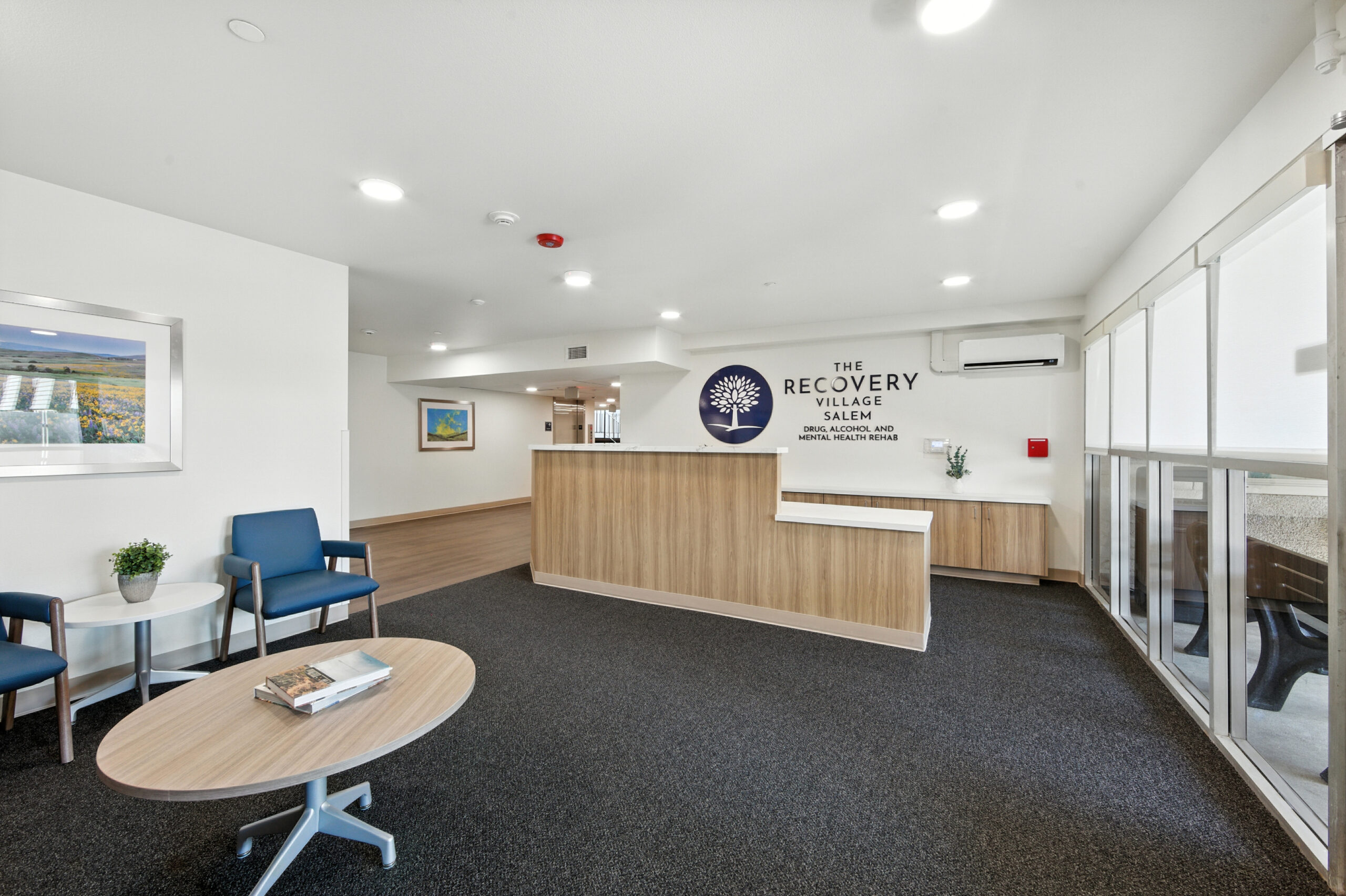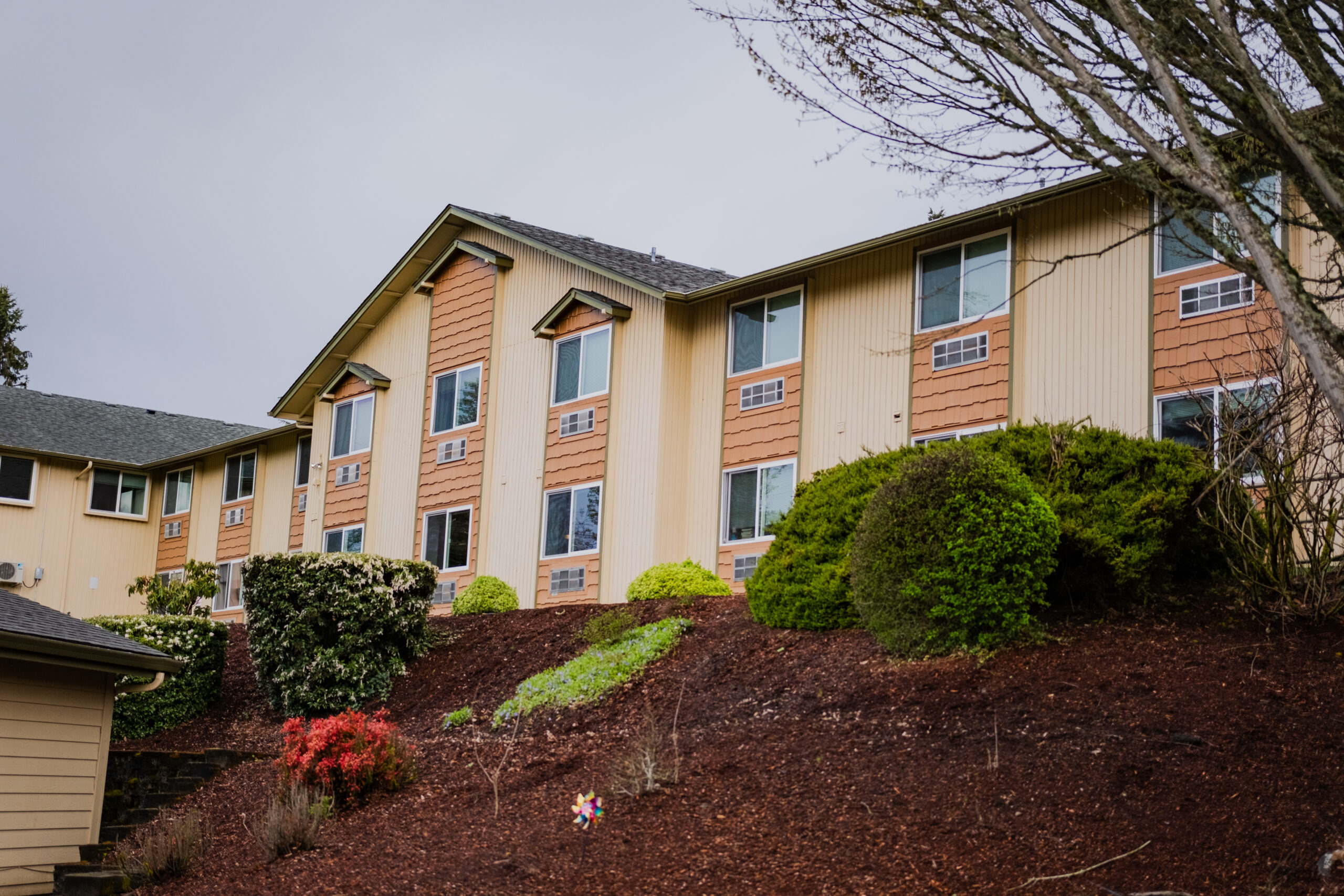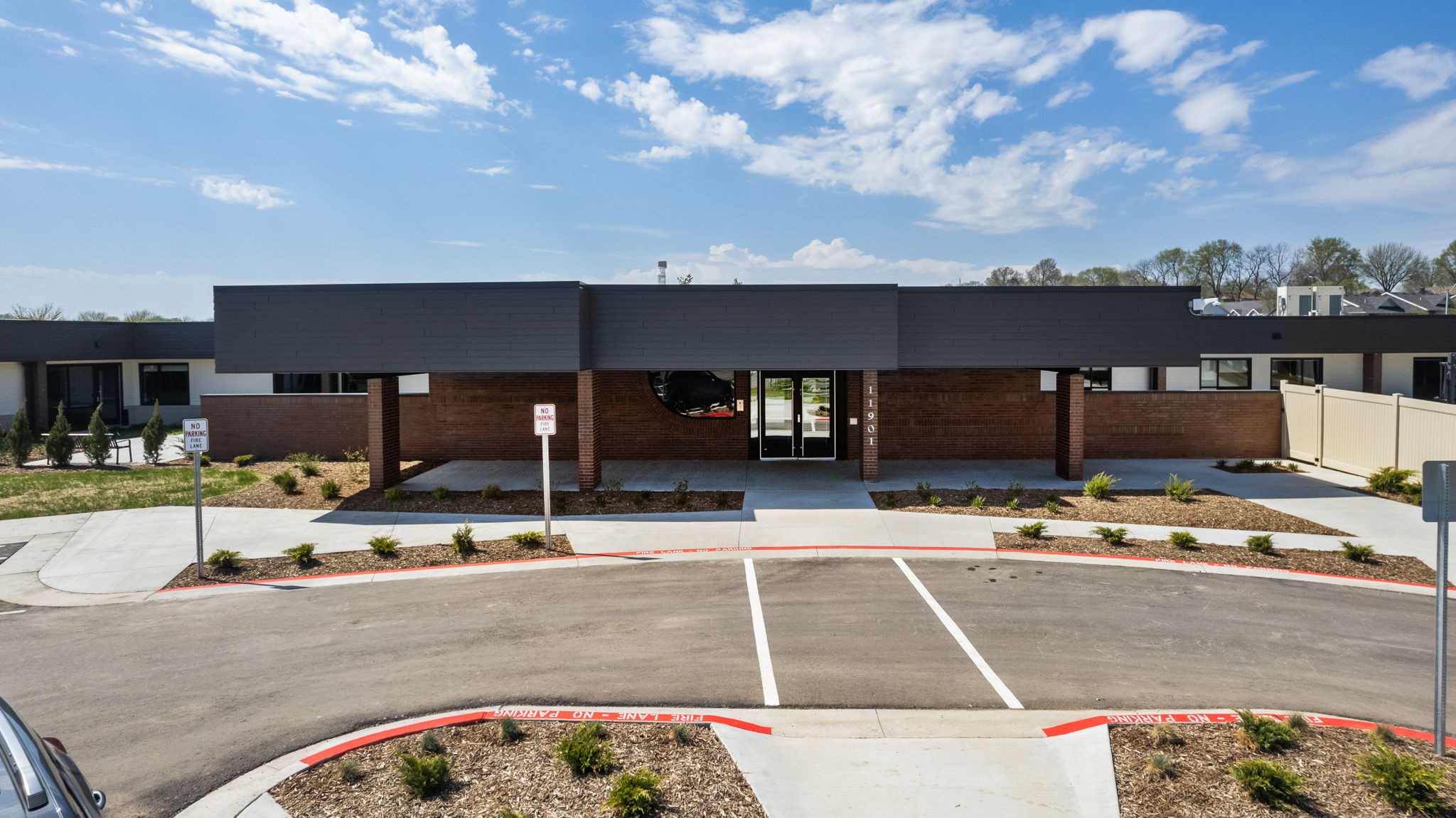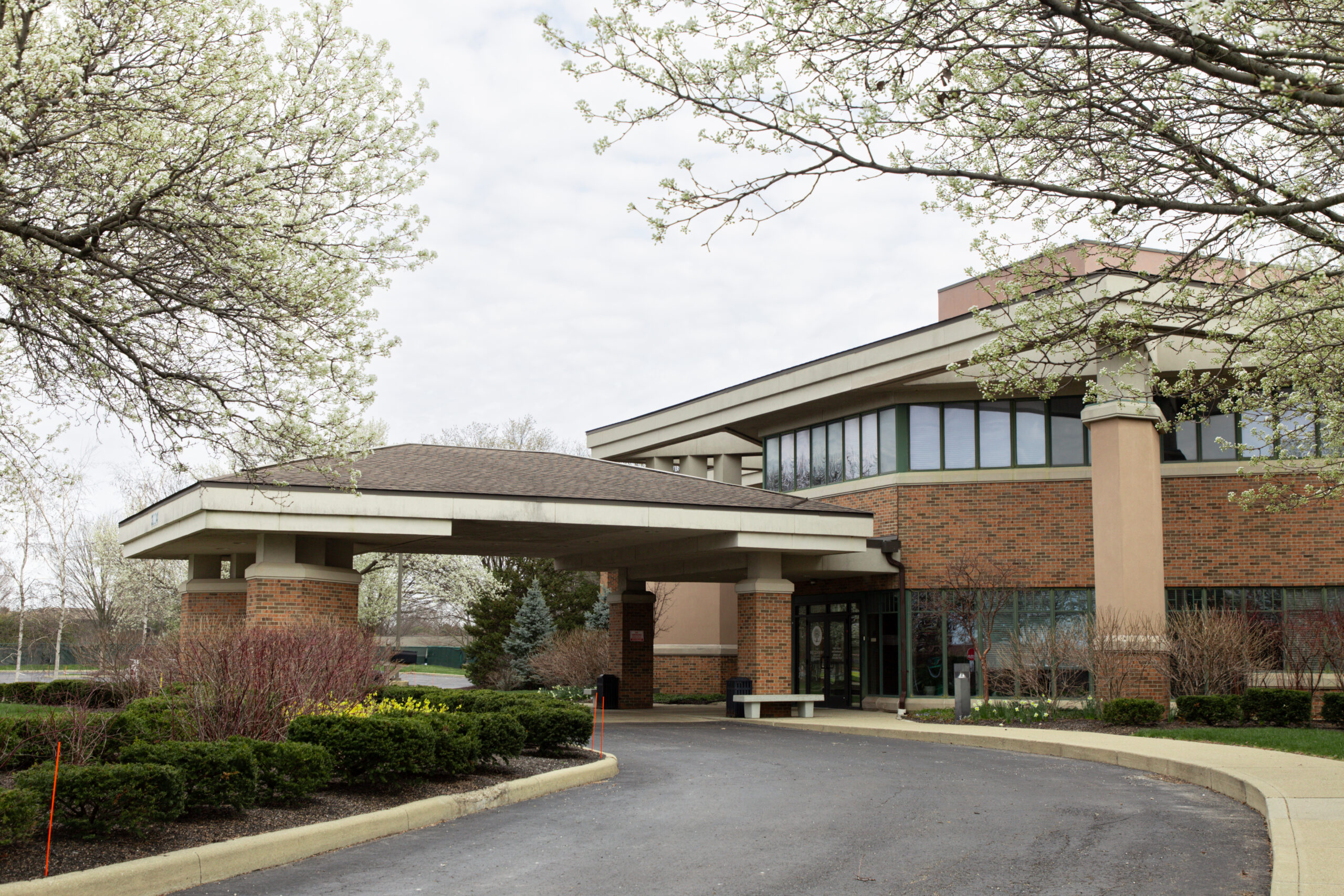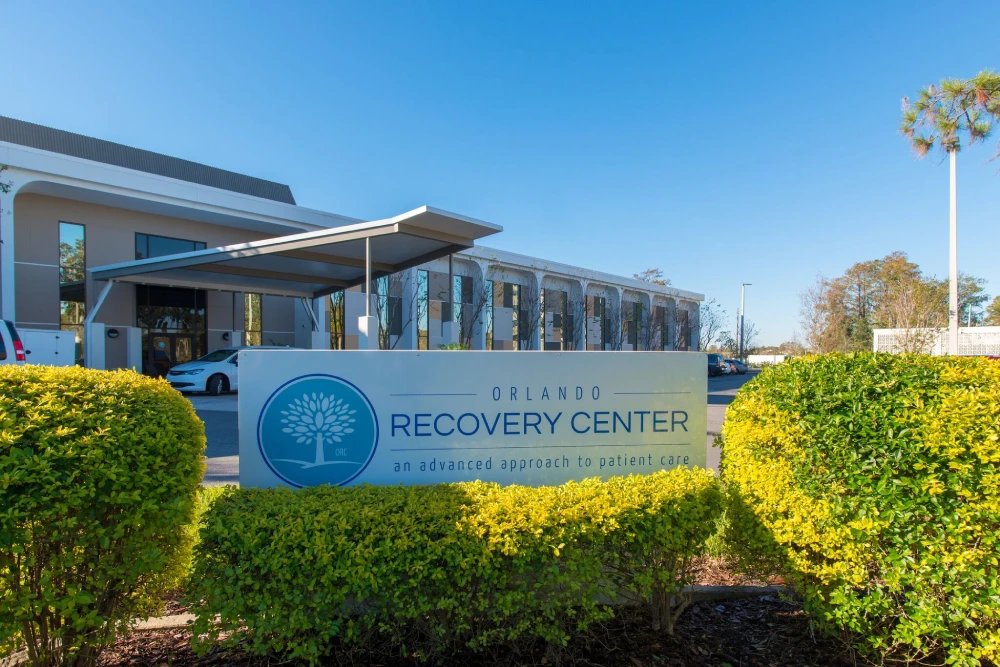Mania represents a profound alteration in mood, energy, and behavior that significantly impacts a person’s ability to function in daily life. This complex mental health condition manifests as abnormally elevated, expansive, or irritable mood accompanied by increased activity or energy levels that persist for at least one week or require hospitalization.
What Is Mania?
Mania is characterized by a distinct period of abnormally and persistently elevated, expansive, or irritable mood combined with abnormally increased goal-directed activity or energy. This condition represents a marked departure from a person’s typical behavior and is readily observable by others. The intensity and duration of manic symptoms distinguish this condition from normal periods of high energy or good mood.
The term “mania” encompasses both the classical manic episode and its milder counterpart, hypomania. While sharing similar symptoms, these conditions differ significantly in severity, duration, and functional impairment. Understanding these distinctions is crucial for proper diagnosis and treatment planning.
Diagnostic Criteria and Clinical Features
According to the Diagnostic and Statistical Manual of Mental Disorders, Fifth Edition (DSM-5), a manic episode requires specific criteria to be met. The individual must experience an abnormal, persistently elevated, expansive, or irritable mood along with increased activity or energy for at least one week, present most of the day, nearly every day. If hospitalization is necessary, any duration qualifies for diagnosis.
During this period, at least three symptoms must be present to a degree that represents a noticeable change from usual behavior. If the mood is only irritable rather than elevated or expansive, four symptoms are required. These symptoms include grandiosity or inflated self-esteem, decreased need for sleep, pressured speech, racing thoughts, distractibility, increased goal-directed activity, and excessive involvement in activities with high potential for painful consequences.
The mood disturbance must be severe enough to cause marked impairment in social or occupational functioning, necessitate hospitalization to prevent harm to self or others, or include psychotic features such as hallucinations or delusions. Importantly, the episode cannot be attributable to the physiological effects of a substance or another medical condition.
Types and Stages of Mania
Mental health professionals recognize several distinct presentations of manic episodes. Hypomania represents a milder form lasting at least four consecutive days, where symptoms are present but do not cause significant functional impairment or require hospitalization. Individuals experiencing hypomania may actually appear more productive and socially engaging, making this condition challenging to identify.
Acute mania involves more severe symptoms that significantly impair functioning and may require hospitalization. Individuals in this state often exhibit poor judgment, engage in risky behaviors, and may experience some disconnection from reality. This stage frequently disrupts work, relationships, and daily responsibilities.
Delirious mania represents the most severe form, characterized by profound disorientation, confusion, and potentially dangerous behavior. This presentation often includes psychotic features and requires immediate medical intervention to ensure safety.
Mixed episodes present particular diagnostic and treatment challenges, featuring symptoms of both mania and depression simultaneously. Individuals may experience elevated energy and activity while also struggling with feelings of sadness, hopelessness, or suicidal thoughts, creating a particularly dangerous combination.
Common Symptoms and Behavioral Changes
Manic episodes manifest through distinct behavioral, cognitive, and emotional changes. Individuals often experience dramatically reduced sleep needs, feeling refreshed after only two to three hours of rest. Speech typically becomes rapid, loud, and difficult to interrupt, with thoughts racing from topic to topic in ways that may seem logical to the individual but appear disjointed to others.
Energy levels surge dramatically, leading to increased goal-directed activity that may initially seem productive but often becomes disorganized and ineffective. Many individuals report feeling unusually creative, confident, or capable of accomplishing extraordinary tasks. This grandiosity may manifest as unrealistic beliefs about one’s abilities, importance, or special relationships with famous figures.
Judgment becomes significantly impaired, leading to poor decision-making in areas such as finances, relationships, and personal safety. Individuals may engage in excessive spending, sexual indiscretions, or risky business ventures without considering consequences. Distractibility increases markedly, making it difficult to focus on tasks or conversations for extended periods.
In severe cases, psychotic symptoms may emerge, including hallucinations (typically auditory), delusions (often grandiose in nature), or paranoid thinking. These symptoms indicate the need for immediate medical attention and often require hospitalization.
Underlying Causes and Risk Factors
While the exact mechanisms underlying mania remain incompletely understood, research has identified several contributing factors. Genetic predisposition plays a significant role, with family history of bipolar disorder or other mood disorders substantially increasing risk. However, having affected relatives does not guarantee that an individual will develop the condition.
Neurobiological factors involve complex interactions among neurotransmitter systems, particularly dopamine, norepinephrine, and serotonin pathways. Brain imaging studies have revealed structural and functional differences in regions responsible for mood regulation, including the prefrontal cortex, limbic system, and subcortical structures.
Environmental triggers can precipitate manic episodes in vulnerable individuals. These include significant life stressors such as divorce, job loss, or bereavement. Sleep disruption, whether from shift work, travel across time zones, or voluntary sleep deprivation, represents a particularly potent trigger. Seasonal changes, particularly the transition to spring and increased daylight exposure, may also initiate episodes in some individuals.
Substance use can both trigger and mimic manic symptoms. Stimulants such as cocaine, amphetamines, and even caffeine in large quantities may precipitate episodes. Certain medications, including some antidepressants, corticosteroids, and thyroid hormones, have been associated with manic episodes, particularly in individuals with underlying vulnerability.
Medical Conditions That Can Mimic Mania
Numerous medical conditions can produce symptoms resembling mania, making thorough medical evaluation essential before attributing symptoms to a primary mood disorder. Endocrine disorders frequently present with mood and energy changes that may be mistaken for mania.
Hyperthyroidism commonly produces elevated mood, increased energy, decreased sleep needs, rapid speech, and irritability. The progression tends to be more gradual than typical manic episodes, and physical symptoms such as weight loss, tremor, and heat intolerance usually accompany mood changes.
Neurological conditions can also present with manic-like symptoms. Brain tumors, particularly those affecting frontal and temporal regions, may cause personality changes, disinhibition, and mood elevation. Traumatic brain injury, especially involving the right hemisphere, has been associated with secondary mania. Multiple sclerosis, Huntington’s disease, and complex partial seizures can all produce episodic behavioral changes resembling mania.
Infectious diseases affecting the central nervous system, including herpes encephalitis, HIV-associated neurocognitive disorder, and neurosyphilis, may present with mood and behavioral symptoms before other neurological signs become apparent.
Metabolic disorders such as hypercortisolism (Cushing’s syndrome), hyperaldosteronism, and certain vitamin deficiencies (particularly B12, folate, and thiamine deficiencies) can produce mood elevation and behavioral changes.
Differential Diagnosis Considerations
Distinguishing mania from other psychiatric conditions requires careful clinical assessment. Schizophrenia may present with elevated mood and grandiose delusions, but the presence of negative symptoms, formal thought disorder, and persistent psychotic symptoms helps differentiate these conditions.
Major depressive disorder with psychotic features can include agitation and irritability that may appear manic, but the underlying mood remains depressed rather than elevated or expansive. The presence of mood-congruent delusions and the absence of euphoria help distinguish these presentations.
Attention-deficit/hyperactivity disorder (ADHD) shares several features with mania, including distractibility, increased activity, and impulsivity. However, ADHD symptoms are chronic and pervasive rather than episodic, and the mood elevation characteristic of mania is typically absent.
Personality disorders, particularly borderline and histrionic personality disorders, may involve mood instability and impulsive behavior. However, these patterns are typically longstanding and related to interpersonal stressors rather than representing distinct episodes of altered mood and functioning.
Substance use disorders can be particularly challenging to differentiate, as intoxication with stimulants or withdrawal from depressants can closely mimic manic episodes. The temporal relationship between substance use and symptom onset, along with toxicology screening, helps clarify the diagnosis.
Treatment Approaches and Management Strategies
Effective treatment of mania typically involves a combination of pharmacological interventions, psychotherapeutic approaches, and psychosocial support. The acute management phase focuses on symptom stabilization and safety, while long-term treatment emphasizes prevention of future episodes.
Pharmacological Treatment
Mood stabilizers form the cornerstone of mania treatment. Lithium remains the gold standard for both acute treatment and long-term prevention, with extensive research supporting its efficacy in reducing episode frequency and severity. Regular monitoring of blood levels and kidney function is essential due to its narrow therapeutic window.
Anticonvulsant medications such as valproate, carbamazepine, and lamotrigine have demonstrated effectiveness in treating mania and preventing recurrence. These medications may be particularly useful for individuals who cannot tolerate lithium or have rapid-cycling presentations.
Atypical antipsychotic medications, including olanzapine, quetiapine, aripiprazole, and risperidone, are highly effective for acute mania treatment. These medications often work more rapidly than traditional mood stabilizers and are particularly useful when psychotic symptoms are present.
The choice of medication depends on various factors, including symptom severity, previous treatment response, comorbid conditions, and individual patient factors such as age, pregnancy status, and medication tolerance.
Psychotherapeutic Interventions
Psychotherapy plays a crucial complementary role in mania treatment and long-term management. Cognitive-behavioral therapy (CBT) helps individuals recognize early warning signs of episodes, develop coping strategies, and address maladaptive thought patterns that may contribute to mood instability.
Family-focused therapy involves family members in understanding the condition and developing communication and problem-solving skills. This approach is particularly beneficial given the significant impact mania can have on family relationships and the importance of family support in treatment adherence.
Interpersonal and social rhythm therapy (IPSRT) focuses on stabilizing daily routines and sleep-wake cycles, which can be crucial for preventing episode recurrence. This approach recognizes the importance of circadian rhythm regulation in mood stability.
Psychoeducation provides individuals and families with comprehensive information about the condition, treatment options, and self-management strategies. Understanding the nature of mania and its treatment can significantly improve treatment engagement and outcomes.
Crisis Management and Hospitalization
Severe manic episodes may require hospitalization to ensure safety and provide intensive treatment. Indications for hospitalization include psychotic symptoms, significant risk of harm to self or others, severe functional impairment, or inability to care for basic needs.
During hospitalization, rapid stabilization is the primary goal, often involving combinations of mood stabilizers and antipsychotic medications. Environmental modifications, including reduced stimulation and structured routines, support the medication treatment.
Crisis intervention may also involve involuntary treatment when individuals lack insight into their condition and refuse necessary care. This represents a challenging aspect of mania treatment, as individuals often feel good during episodes and may not recognize the need for intervention.
Long-Term Management and Prevention
Successful long-term management of mania requires ongoing attention to multiple factors. Medication adherence represents perhaps the most critical element, as discontinuation of mood stabilizers dramatically increases the risk of recurrence. Regular monitoring by mental health professionals helps optimize treatment and identify early warning signs.
Lifestyle modifications play an essential role in prevention. Maintaining regular sleep schedules, managing stress, avoiding substance use, and adhering to consistent daily routines can significantly reduce episode risk. Some individuals benefit from mood tracking to identify patterns and triggers.
Family and social support systems are invaluable for long-term success. Educated family members can help identify early warning signs and provide support during difficult periods. Support groups, both for individuals with the condition and their families, offer additional resources and connections.
Regular medical monitoring is essential, as many medications used to treat mania require periodic blood tests to ensure therapeutic levels and monitor for side effects. This includes kidney and thyroid function tests for lithium, liver function tests for anticonvulsants, and metabolic monitoring for antipsychotic medications.
Prognosis and Recovery
The prognosis for individuals with mania is generally favorable with appropriate treatment, though the condition typically requires lifelong management. Most people can achieve significant symptom reduction and functional improvement with proper medication and psychosocial support.
Factors associated with better outcomes include early diagnosis and treatment, good medication adherence, strong social support, and absence of comorbid conditions such as substance use disorders. Individuals who experience their first episode at a younger age or have multiple episodes may face greater long-term challenges.
The likelihood of recurrence is high without treatment, with studies suggesting that 90% of individuals who experience one manic episode will have additional episodes without appropriate preventive treatment. However, with consistent treatment, many people can go years between episodes or prevent them entirely.
Recovery is often conceptualized not just as symptom absence but as restoration of functioning and quality of life. Many individuals with well-managed mania lead productive, fulfilling lives, maintaining careers, relationships, and personal goals.
Special Considerations
Certain populations require specialized treatment approaches. Women of childbearing age need careful consideration of medication choices due to potential teratogenic effects. Pregnancy planning and contraception counseling are essential components of care.
Elderly individuals may be more sensitive to medication side effects and may have comorbid medical conditions that complicate treatment choices. Lower starting doses and more frequent monitoring are typically required.
Children and adolescents with mania require specialized assessment and treatment, as developmental factors can affect symptom presentation and treatment response. Family involvement is particularly crucial in this population.
Individuals with comorbid substance use disorders face additional challenges, as substances can both trigger episodes and interfere with treatment effectiveness. Integrated treatment addressing both conditions simultaneously typically yields the best outcomes.
When to Seek Professional Help
Recognizing when to seek professional help is crucial for both individuals experiencing symptoms and their loved ones. Immediate medical attention is warranted when symptoms include thoughts of self-harm or suicide, threats or acts of violence toward others, complete inability to sleep for multiple days, or severe confusion and disorientation.
Early intervention can prevent progression to more severe symptoms and reduce the overall impact of episodes. Warning signs that suggest professional evaluation include decreased sleep needs, increased energy lasting several days, uncharacteristic impulsivity or poor judgment, rapid speech or racing thoughts, and significant changes in mood or behavior noticed by others.
Family members and friends play a crucial role in recognizing symptoms, as individuals experiencing mania often lack insight into their condition. Expressing concerns in a supportive, non-confrontational manner and encouraging professional evaluation can be life-saving interventions.
Understanding mania as a treatable medical condition rather than a character flaw or personal weakness is essential for seeking appropriate help. With proper treatment and support, individuals with mania can achieve significant improvement in symptoms and quality of life, making early intervention and consistent treatment crucial for optimal outcomes.






